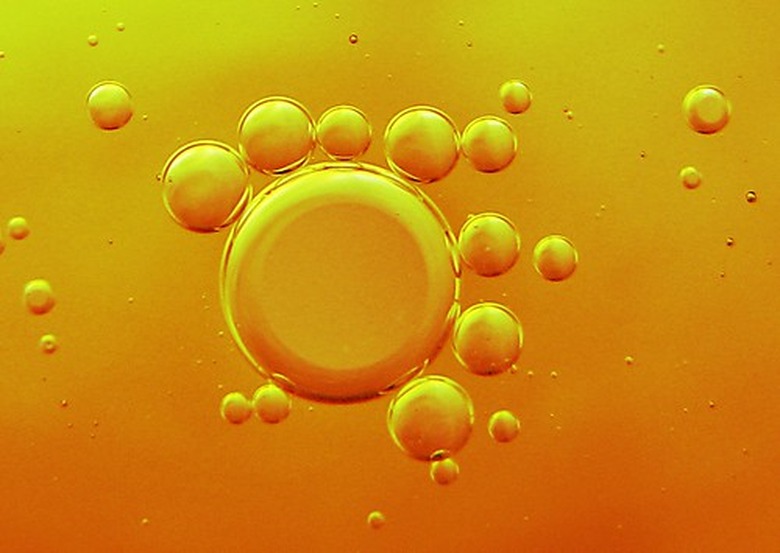Physical Address
Suite 5, 181 High Street,
Willoughby North NSW 2068
Physical Address
Suite 5, 181 High Street,
Willoughby North NSW 2068

Triglycerides are macromolecules called lipids, better known as fats or oils. Triglycerides are named for the monomer components they contain. “Tri” means three, and triglycerides are built from monomers of three fatty acids bonded to a glycerol.
According to the 2009 text, “Biology: Concepts and Connections,” there are four basic types of macromolecules, or large carbon-based molecules important in biology: lipids, carbohydrates, proteins and nucleic acids.
Macromolecules, also called polymers, are large molecules made up chains of smaller molecules called monomers. Monomers are the “building blocks” of macromolecules or polymers.
Monomers of any macromolecule are linked together by a process called dehydration synthesis, because a water molecule is removed when the monomers are linked together.
The monomers of triglycerides are fatty acids and glycerol. Glycerol is a type of alcohol. Triglycerides are made up of monomers of glycerol molecules each bonded to three fatty acid “tails.”
By some definitions, triglycerides don’t have true monomers, since their monomers are fatty acids and glycerol molecules in a ratio of three to one. Other macromolecules consist of chains of identical monomers in one to one ratios.